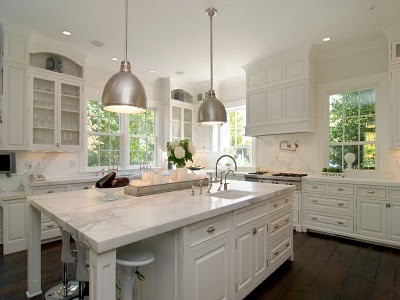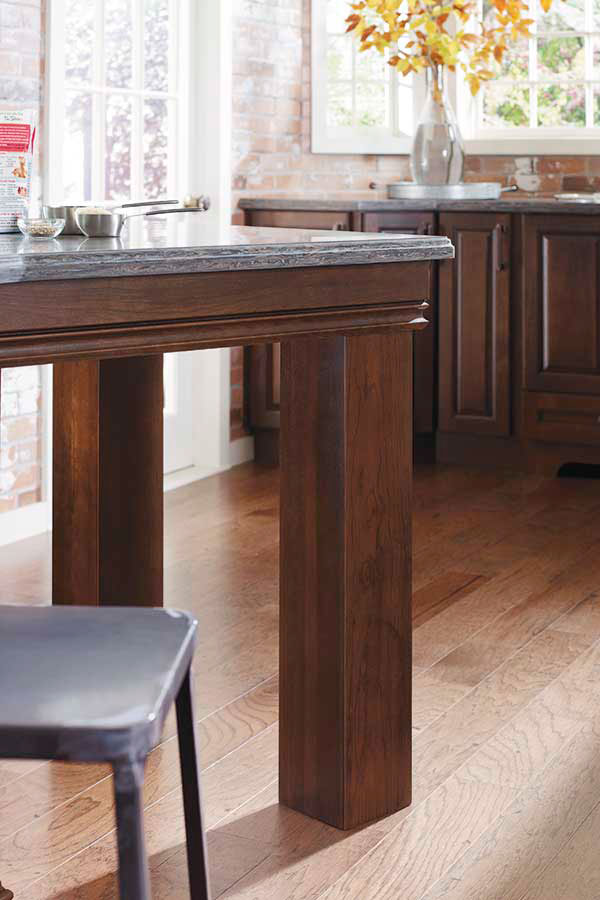Transform Any Type Of Kitchen Area with Attractive Legs For Kitchen Island Options
Transform Any Type Of Kitchen Area with Attractive Legs For Kitchen Island Options
Blog Article
Trick Considerations for Finding the most effective Legs For Cooking Area Island for Your Layout
When selecting the excellent legs for your cooking area island, a number of key factors to consider enter into play that can substantially affect both functionality and aesthetics. The selection of style, elevation, and material should straighten with your general kitchen style to guarantee an unified look. In addition, stability and upkeep requirements are crucial for long-lasting usage and convenience of treatment. Comprehending these aspects can enhance your kitchen's practicality and aesthetic charm, yet the subtleties of each consideration can usually be ignored. What effects might these options carry your cooking area's overall environment?
Determine Your Design Preference
Determining your style choice is critical when selecting the perfect legs for your kitchen area island. The legs of your kitchen area island not only serve a practical function however also contribute considerably to the general aesthetic of the area. As a result, identifying your design style-- be it contemporary, rustic, conventional, or industrial-- is important.
For a contemporary kitchen, take into consideration smooth, minimalistic legs that complement open rooms and clean lines. Traditional cooking areas typically favor transformed or elaborate legs, which can add a touch of style and class.
Additionally, think about the elevation and proportion of the legs in connection to the island's surface area. Inevitably, your design choice will certainly influence not only the option of legs however additionally the total consistency of your kitchen's layout.
Pick the Right Material
Choosing the ideal product for your cooking area island legs is essential in making certain both resilience and aesthetic appeal. Various materials provide distinct advantages, and the choice frequently reflects your design preferences and useful needs.
Timber is a preferred selection, supplying heat and adaptability. It can be discolored or painted to match your kitchen area design, making it adaptable to numerous designs, from rustic to modern. Nevertheless, wood might need normal upkeep to protect its look and integrity.

If you seek an unique touch, take into consideration acrylic or glass materials. They can produce an impression of space and lightness in your kitchen area, making them an exceptional choice for smaller locations - Legs For Kitchen Island. Nonetheless, these options may call for careful handling and upkeep to avoid scratches.
Eventually, the product you pick must straighten with your kitchen's general style, ensuring that the legs offer both functional and decorative functions.
Take Into Consideration Elevation and Percentages
When designing a kitchen island, height and proportions play an essential function in guaranteeing capability and convenience,. The standard elevation for a cooking area island typically varies from 36 to 42 inches, straightening with conventional counter heights or bar heights, respectively. This measurement is essential for integrating with bordering counter tops and feceses, allowing simplicity of use throughout dish prep work and social communications.
In addition, the island's percentages should complement the overall cooking area design. A well-proportioned island must not bewilder the space; rather, it needs to produce a balanced visual. Think about the ratio in between the island's width and length, guaranteeing it offers adequate area without crowding the kitchen. A basic standard is to preserve a size of 24 to 48 inches, helping with activity and availability.
Moreover, the elevation of the legs or base can influence the visual charm and functionality. Taller legs might lend a much more modern, ventilated feel, while much shorter ones can evoke a typical, grounded look. Ultimately, very carefully considering elevation and proportions will cause a cooking area island that is both functionally efficient and visually enticing, enhancing the general layout of the space.
Assess Security and Resilience
A kitchen area island's legs must not only match its elevation and percentages but additionally offer appropriate security and resilience to support day-to-day tasks. The legs are vital to the overall performance of the island, as they birth the weight of the kitchen counter and any extra tons, such as devices or food preparation tasks.
When examining security, it is critical to consider the leg design and material. As an example, strong metal or solid hardwood legs commonly offer remarkable toughness contrasted to lighter products like engineered timber or plastic. In addition, a bigger base can boost security, lowering the threat of tipping or tottering throughout usage.
Toughness is similarly crucial; the legs need to stand up to damage from daily use. Take into consideration coatings that secure against scratches, damages, and dampness, particularly in a kitchen area environment. Assess the high quality of construction, such as attachments click reference and joints, which can significantly impact the legs' long-term efficiency.
Eventually, purchasing well-crafted legs that focus on security and toughness will certainly ensure your kitchen island continues to be a trusted workspace for years ahead, improving your cooking experiences while preserving visual charm.
Factor in Maintenance and Treatment
Maintenance and treatment are vital considerations for making sure the longevity and efficiency of cooking area island legs. When choosing legs, it is necessary to review the materials utilized, as various choices need differing levels of maintenance. For instance, wooden legs might require routine refinishing or securing to avoid dampness damage and scratches, while steel legs might need routine polishing to keep their shine and stop corrosion.
Furthermore, the coating related to the legs can affect maintenance demands. A high-gloss coating may be much easier to tidy yet click site could reveal scrapes and finger prints extra readily than a matte surface. It is a good idea to select materials and coatings that complement your lifestyle; as an example, if you often host events, go with long lasting products that can hold up against damage.
Additionally, consider the cleansing procedure associated with keeping these legs. Smooth surface areas often require minimal effort, while complex layouts might collect dirt and gunk, requiring more labor-intensive cleaning approaches. Legs For Kitchen Island. Inevitably, considering the maintenance and care required for your picked cooking area island check my blog legs will certainly not just boost their visual charm however also ensure their useful integrity gradually
Conclusion
Finally, picking the optimum legs for a kitchen island demands mindful consideration of different variables, consisting of layout style, product selection, stability, upkeep, and elevation. Each element plays a crucial role in making certain that the legs not just enhance the visual charm of the kitchen yet likewise provide the essential support and resilience for day-to-day use. A well-informed decision will inevitably add to a functional and aesthetically pleasing kitchen setting.
The legs of your kitchen island not just serve a useful purpose yet also add considerably to the total aesthetic of the space.Upkeep and care are important considerations for making sure the longevity and performance of cooking area island legs. Wooden legs might require regular refinishing or securing to prevent wetness damages and scratches, while metal legs might require regular polishing to keep their shine and stop corrosion.
Ultimately, factoring in the upkeep and care needed for your chosen kitchen island legs will certainly not just enhance their visual appeal however additionally guarantee their functional stability over time.

Report this page